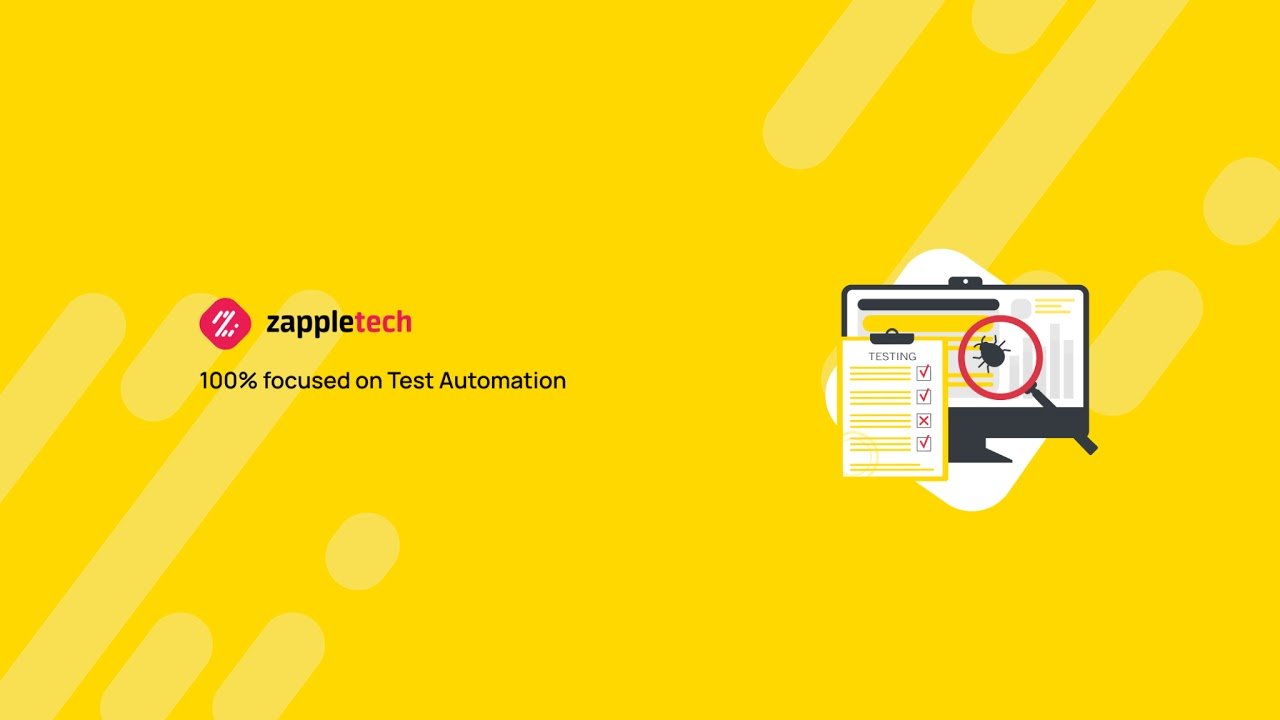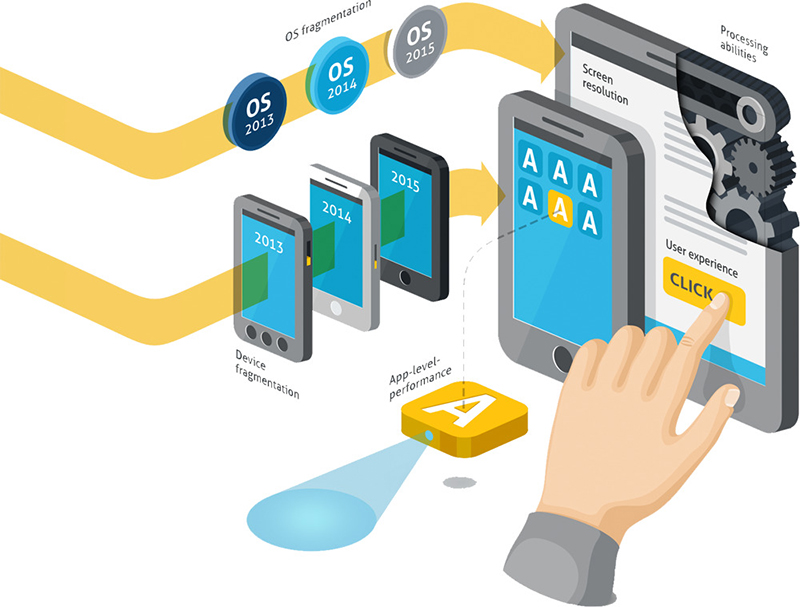The Importance of Choosing the Right Front-End Language for Your Website Development
Building a website requires careful consideration of various aspects, including the front-end language used to create it. A front-end language is responsible for creating the visual elements of a website that users interact with, including buttons, menus, and forms. Choosing the right front-end language is crucial for building a website that is user-friendly, efficient, and visually appealing. In this article, we will explore the importance of choosing the right front-end language, and how to choose the best one for your website.
Related posts
1. What is a Front-End Language?
A front-end language is a programming language that is used to create the visual elements of a website that users interact with. This includes the layout, design, and functionality of a website's user interface. Common front-end languages include HTML, CSS, and JavaScript.
2. Who Should Choose the Front-End Language?
The decision to choose a front-end language should be made by the website developer or development team in charge of building the website. It is important for them to have a clear understanding of the website's goals, target audience, and functionality before making a decision on which front-end language to use.
3. How to Choose the Right Front-End Language
Choosing the right front-end language is crucial for building a successful website. There are several factors to consider when choosing a language, including:
3.1. User Experience
The front-end language you choose can impact the overall user experience of your website. Consider the user interface design, functionality, and navigation of your website when choosing a front-end language. You want to make sure that users can easily navigate through your website and interact with its features.
3.2. Compatibility
Another important factor to consider when choosing a front-end language is its compatibility with other technologies. Ensure that the language you choose is compatible with the back-end language and any third-party tools or plugins you plan to use.
3.3. Scalability
Scalability is also an important factor to consider when choosing a front-end language. You want a language that can handle the growth of your website without sacrificing performance.
3.4. Developer Community Support
Consider the level of support and resources available for your chosen front-end language. The more resources and support available, the easier it will be to build and maintain your website.
4. Pros and Cons of Popular Front-End Languages
There are several popular front-end languages to choose from. Here are some pros and cons of the most commonly used ones:
4.1 HTML
Pros:
- Easy to learn and use.
- Compatible with all web browsers.
- Widely used and supported.
Cons:
- Limited in terms of functionality.
- Can become cluttered and difficult to manage on larger websites.
4.2 CSS
Pros:
- Allows for easy customization of website design.
- Saves development time by separating design and content.
- Good for enhancing accessibility.
Cons:
- Can create conflicts with various web browsers.
- The learning curve may be steep for beginners.
4.3 JavaScript
Pros:
- Enables dynamic and interactive website design.
- Widely used and supported.
- Can be used on both front-end and back-end development.
Cons:
- Can slow down website performance if not optimized properly.
- Code can become complex and difficult to manage on larger websites.
5. Alternatives to Traditional Front-End Languages
In addition to traditional front-end languages like HTML, CSS, and JavaScript, there are alternative options available for building website interfaces, including:
React
React is a library that allows developers to build reusable components for user interfaces. It is a popular choice for creating single-page applications and is compatible with other programming languages.
Vue.js
Vue.js is a lightweight framework that makes building user interfaces easy and fast. It is designed to be incrementally adoptable and can be used alongside other libraries and frameworks.
Angular
Angular is a comprehensive front-end framework that provides tools for building dynamic, scalable web applications. It offers features like dependency injection and two-way data binding.
6. Step-by-Step Guide to Choosing the Right Front-End Language
 Front-End Language. Source: Proreviewsapp.com
Front-End Language. Source: Proreviewsapp.com
Choosing the right front-end language can seem daunting, but following these steps can help simplify the process:
- Identify the goals and target audience of your website.
- Consider the user experience, compatibility, scalability, and developer community support for each front-end language option.
- Evaluate the pros and cons of each language, including popular alternatives.
- Choose the language that best fits the needs of your website and development team.
- Test the chosen language on a smaller scale before committing to it for a larger project.
7. Tips for Successful Front-End Development
Here are some tips for successful front-end development:
- Document your code to make it easier to manage and maintain.
- Use responsive design to ensure your website works on different devices and screen sizes.
- Optimize your website's performance by minifying code and using caching techniques.
- Stay up-to-date with the latest front-end development trends and technologies to improve your skills and stay competitive in the field.
- Use version control tools like Git to track changes and collaborate with others on the project.
8. Comparison of Front-End Languages
Here is a comparison of popular front-end languages based on some key factors:
| Language | User Experience | Compatibility | Scalability | Developer Community Support |
|---|---|---|---|---|
| HTML | Basic | Good | Limited | High |
| CSS | Customizable | Can create conflicts | Good | Moderate |
| JavaScript | Dynamic and Interactive | Widely used | Good | High |
9. The Best Front-End Language for Your Website
Ultimately, the best front-end language for your website will depend on several factors, including your target audience, website goals, and the development team's skills. It is important to carefully evaluate all options and consider the pros and cons before making a decision.
10. Conclusion
Choosing the right front-end language is crucial for building a website that is user-friendly, efficient, and visually appealing. While there are several popular options available, it is important to consider factors such as user experience, compatibility, scalability, and developer community support when making a decision. Additionally, staying up-to-date with the latest front-end development trends and technologies can help you improve your skills and stay competitive in the field.
11. FAQs
- What is the difference between front-end and back-end development? Front-end development is responsible for creating the visual elements of a website that users interact with, while back-end development focuses on the server-side functionality of the website.
- Can I use multiple front-end languages for my website? Yes, it is common to use multiple front-end languages to create a website, such as using HTML for structure, CSS for styling, and JavaScript for interactivity.
- How do I know which front-end language to choose for my website? Consider factors such as user experience, compatibility, scalability, and developer community support when choosing a front-end language. Evaluate the pros and cons of each option and choose the one that best fits your website's needs.
- What are some popular front-end development trends? Some popular front-end development trends include responsive design, progressive web apps, and single-page applications.
- Can I switch front-end languages during development? While it is possible to switch front-end languages during development, it can be time-consuming and may require significant adjustments to the website's structure and functionality. It is best to carefully consider all options before making a decision.
Related posts
https://proreviewsapp.com/what-every-non-tech-person-needs-to-know-about-programming
https://proreviewsapp.com/the-most-expensive-programming-job-node-js-development-companies
Thanks so much for reading this article.
Source: https://proreviewsapp.com/
The Importance of Choosing the Right Front-End Language for Your Website Development
- 1. What is a Front-End Language?
- 2. Who Should Choose the Front-End Language?
- 3. How to Choose the Right Front-End Language
- 4. Pros and Cons of Popular Front-End Languages
- 5. Alternatives to Traditional Front-End Languages
- 6. Step-by-Step Guide to Choosing the Right Front-End Language
- 7. Tips for Successful Front-End Development
- 8. Comparison of Front-End Languages
- 9. The Best Front-End Language for Your Website
- 10. Conclusion
- 11. FAQs








Leave a Reply
Your e-mail address will not be published. Required fields are marked *